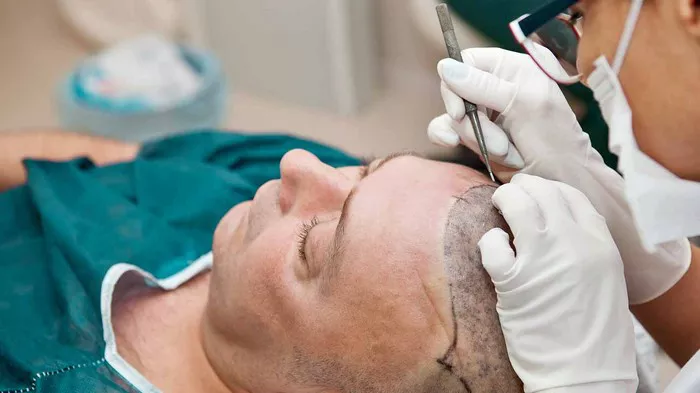Hair transplant surgery is a significant investment in restoring one’s natural hairline and confidence. After undergoing such a procedure, proper care is crucial to ensure optimal results. One common question that arises post-surgery is, “How often should I wash my hair?” In this article, we will explore the key factors influencing the frequency of hair washing after a transplant.
Understanding the Initial Phase
Immediately after a hair transplant, the scalp goes through a healing process. Your surgeon will provide specific post-operative care instructions, including guidelines on when and how to wash your hair. Generally, the initial phase involves a careful balance of keeping the recipient area clean without causing any damage to the newly transplanted follicles.
The First Few Days: Gentle Care
During the first few days following the surgery, your surgeon may advise against washing your hair. This allows the transplanted grafts to settle and reduces the risk of dislodging them prematurely. After this initial period, a gentle approach to washing is recommended.
Use a mild, non-medicated shampoo as suggested by your surgeon. Dilute the shampoo with water to create a gentle lather. Apply the lather with light tapping motions rather than rubbing, and avoid direct pressure on the grafts. Rinse your hair carefully, allowing water to flow gently over the scalp.
The First Week: Gradual Progress
In the first week post-transplant, you may be advised to wash your hair every other day. This gradual approach minimizes the risk of disturbing the grafts while ensuring a clean and healthy scalp. Follow your surgeon’s instructions regarding the specific shampoo and technique to use during this period.
Beyond the First Week: Adjusting Frequency
As the initial healing phase progresses, you can gradually increase the frequency of hair washing. By the end of the second week, you may be able to wash your hair daily, but it’s essential to remain gentle and attentive to your scalp’s response.
Factors Influencing Frequency
The following are factors that affect frequency:
1. Individual Healing Rate:
Everyone’s body responds differently to surgery. Some individuals may experience faster healing, allowing them to resume regular hair washing sooner. Others may need more time for the scalp to settle.
2. Type of Transplant Technique:
The specific transplant technique used can influence the post-operative care routine. For example, the FUE (Follicular Unit Extraction) method typically involves smaller incisions, potentially allowing for a quicker recovery compared to the FUT (Follicular Unit Transplantation) method.
3. Graft Anchoring:
The stability of grafts is a critical factor in determining when it’s safe to resume regular hair washing. Waiting until the grafts are firmly anchored minimizes the risk of dislodging them during washing.
4. Preventing Infection:
Maintaining a clean scalp is crucial for preventing infection, but excessive washing can also strip the scalp of its natural oils, potentially slowing down the healing process. Finding the right balance is key.
Long-Term Care
Even after the initial healing phase, it’s important to be mindful of your hair care routine. Use a mild, sulfate-free shampoo and conditioner to keep your scalp healthy. If you have specific concerns or notice any changes in your scalp health, consult your surgeon for personalized advice.
Common Mistakes to Avoid
Here are common mistakes to avoid:
1. Rubbing or Scratching:
Avoid any vigorous rubbing or scratching of the scalp, especially in the early weeks after the transplant. This can dislodge grafts and hinder the healing process.
2. Hot Water and Steam:
Hot water and steam can be harsh on the healing scalp. Stick to lukewarm water during showers to prevent unnecessary stress on the transplanted area.
3. Harsh Chemicals:
Refrain from using hair products containing harsh chemicals, dyes, or strong fragrances. These can irritate the scalp and impede the healing process.
Skipping Follow-up Appointments:
Regular follow-up appointments with your surgeon are crucial for monitoring the progress of your transplant. Don’t skip these appointments, and communicate any concerns or questions you may have.
See Also: The Timeline: Redness Subsides After a Hair Transplant
In conclusion
The frequency of washing your hair after a hair transplant depends on various factors, including the initial healing phase, individual factors, and the specific transplant technique used. Following your surgeon’s instructions diligently and being mindful of your scalp’s response will contribute to a successful and satisfying outcome. Remember, patience and proper care are key elements in achieving the best results from your hair transplant surgery.


